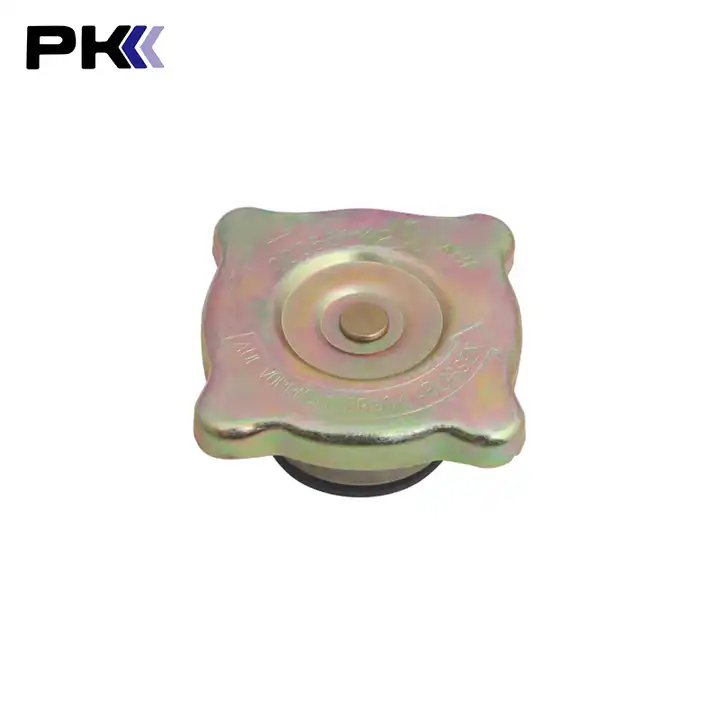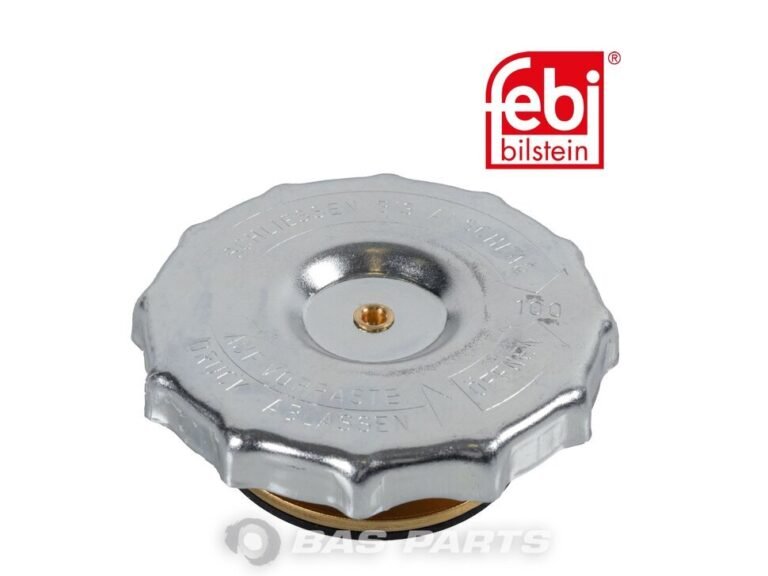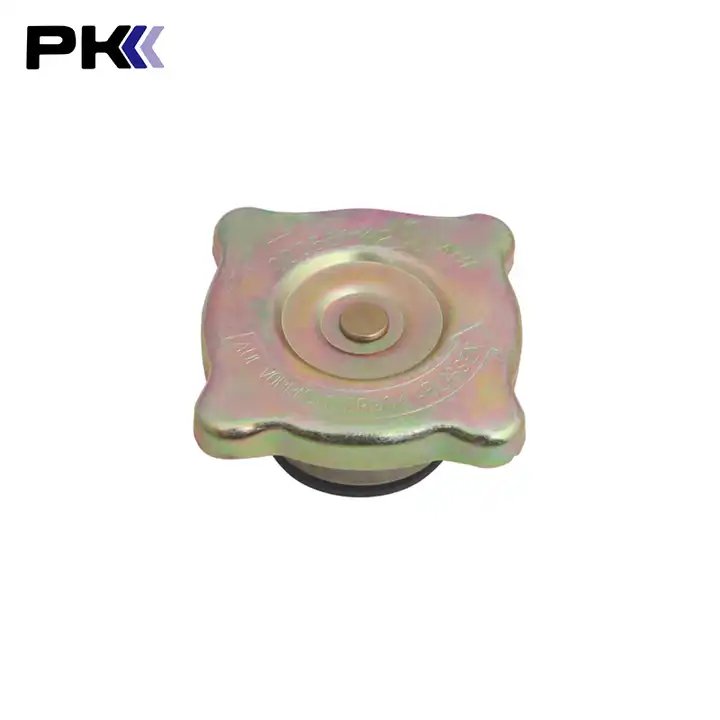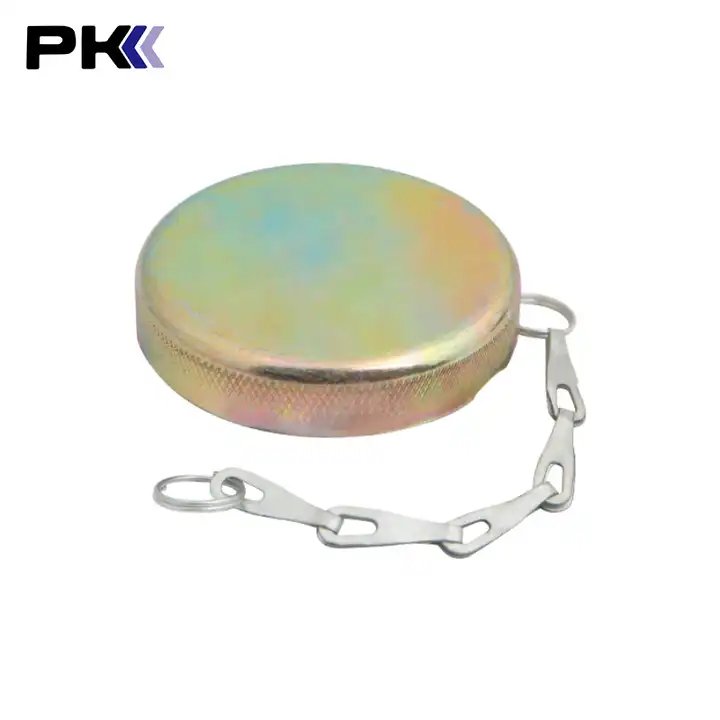Understanding the Function of a Mitsubishi Radiator Cap
The radiator cap may seem like a minor component of your Mitsubishi vehicle, but it plays a pivotal role in maintaining your engine’s cooling system. Let’s dive into the functions of a radiator cap, why it’s important, and how it keeps your Mitsubishi running efficiently.
What Does a Radiator Cap Do?
At its core, a radiator cap regulates the cooling system’s pressure and ensures the engine operates at the right temperature. Here’s how it works:
- Maintains System Pressure
- The radiator cap is designed to keep the cooling system pressurized. By holding the pressure at a specific level (measured in psi), it raises the boiling point of the coolant, ensuring it doesn’t overheat during operation.
- Regulates Coolant Flow
- The cap features a spring-loaded valve that allows coolant to flow to the overflow tank when pressure exceeds the cap’s rating. Once the system cools, the vacuum created draws the coolant back into the radiator.
- Prevents Leaks
- A properly fitted radiator cap ensures the system is sealed tightly, preventing coolant leaks that could cause overheating or engine damage.
- Protects the Engine
- By maintaining the correct pressure and coolant levels, the radiator cap helps prevent overheating, engine knock, or catastrophic failure.
Why Is the Radiator Cap Important for Mitsubishi Vehicles?
Mitsubishi vehicles, like all modern cars, rely on precise engineering. The radiator cap is integral to the cooling system, which is critical for:
- Performance: A consistent engine temperature ensures optimal combustion and efficiency.
- Longevity: Preventing overheating protects components like the cylinder head, gaskets, and radiator itself.
- Safety: An overheated engine can be hazardous; a functioning radiator cap helps prevent such situations.
Signs of a Faulty Radiator Cap
A malfunctioning radiator cap can lead to several issues. Watch out for these signs:
- Coolant Leaks: Visible leaks around the cap or radiator.
- Overheating: The engine runs hotter than usual.
- Collapsed Hoses: This could indicate improper pressure regulation.
- Low Coolant Levels: Even with no visible leaks, coolant may escape if the cap isn’t sealing properly.
Choosing the Right Radiator Cap for Your Mitsubishi
When replacing your Mitsubishi radiator cap, ensure the following:
- Correct Pressure Rating
- Check your vehicle’s manual for the recommended pressure level. Using a cap with the wrong rating can disrupt the cooling system.
- Quality Material
- Opt for caps made of durable, heat-resistant materials to withstand harsh conditions.
- Fit and Compatibility
- Ensure the cap is specifically designed for your Mitsubishi model to guarantee a secure seal and proper function.
How to Replace a Radiator Cap
Replacing a radiator cap is simple but must be done carefully:
- Wait for the Engine to Cool
- Never open the radiator when the engine is hot, as escaping steam or coolant can cause burns.
- Remove the Old Cap
- Press down and turn the cap counterclockwise to release it.
- Inspect and Clean
- Check the radiator neck for debris or damage. Clean it if necessary.
- Install the New Cap
- Align the cap, press down, and twist it clockwise until secure.
Final Thoughts
The radiator cap is a small but mighty part of your Mitsubishi’s cooling system. Ensuring it functions correctly helps maintain engine performance, prevent overheating, and avoid costly repairs.
If you suspect issues with your radiator cap, don’t delay—replace it with a high-quality cap designed for Mitsubishi vehicles. It’s a simple and affordable way to protect your car’s engine and keep it running at its best.
Ready to upgrade? Please contact us:https://aifueltankcap.com/.Explore top-quality radiator caps for your Mitsubishi today!







